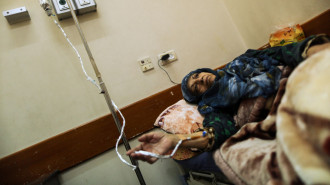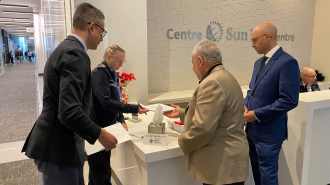
'Two schools under roof': In Bosnia and Herzegovina, sectarianism starts at school

Over the war in Bosnia and Herzegovina (1992-1995), the city of Mostar saw heavy fighting between Croat and Bosniak troops.
Nowadays, three decades later, the former front line still remains an invisible scar dividing the city into two halves: Bosniaks to the east, and Croats to the west. Unlike the post-war period, today it is common for its citizens to cross over to the part dominated by the other community.
Nonetheless, mutual mistrust persists. Misgivings between communities, fuelled by the nationalist political class, are often instilled in schools. “My brother lives in the western part of the city, and even though there is a school across the street, he spent his whole life driving his children east to follow the Bosnian system,” admits Saša Ibrulj, a Bosnian journalist.
In fact, in many regions, students attend sectarian schools and do not mix with children of other ethnic groups.
"Nationalist parties in all communities support educational systems that segregate students because that allows them to instil their narrative into them"
In addition to creating a power-sharing system in which political positions are allocated among Bosniaks, Croats and Serbs based on ethnic quotas, the Dayton Peace Accords established various administrative levels.
The country is composed of an autonomous district of Brcko and two entities: the Republika Srpska and the Federation of Bosnia Herzegovina, which is divided into ten cantons.
Each of these levels has a Ministry of Education, which means that a dozen educational systems coexist in the country. In some places, there are sectarian public schools. In others, students of different ethnicities attend the same class but are separated when it comes to learning some subjects such as religion, language and literature, geography and history.
Finally, in 56 schools within three cantons, students from different ethnic groups attend the same school but in different classes. The system is known as “two schools under one roof”, and it was introduced by the Organisation for Security and Co-operation in Europe (OSCE) in the early 2000s.
This is the case of Gimnazija, the only high school in the Mostar that is not purely sectarian. "There is a Bosnian and a Croatian curriculum for all courses except for IT and Physical Education. It doesn’t make a lot of sense, but there are even different curricula for Mathematics,” says Haris Idriz, the former director of Gimnazija, which was built over one century ago in the Moorish style.
“Nationalist parties in all communities support educational systems that segregate students because that allows them to instil their narrative into them. They are against mixing students from different groups,” says Samir Beharić, an activist at the Center for Education and Socialisation in Jajce, the ancient mediaeval capital of Bosnia.
The city is located in a Croat-Bosniak-majority canton where the “two schools under roof” system is the most common in primary education. The centre, which receives financial support from various international organisations, conducts after-school activities of all kinds, including summer camps to promote the encounters of children from different ethnic groups.
Eager to separate the students, some of these 56 schools set a different entry time to the centre for each community, so that the kids cannot even play together at recess. “In our camps, we promote reflective activities. In one of these activities, 12-year-olds told us that they resent not being able to go to the same class as their friends. The problem is that, sometimes, the parents themselves support this segregation”, regrets Beharić.
In 2016, the Jajce authorities announced a plan to introduce segregation also in secondary education, where Croatian and Bosniak students were only separated for some subjects. “The students mobilised against the measure and achieved great support. In the end, the ruling parties backed down. It was the first victory of civil society with a non-ethnic-based platform over the nationalist parties since the end of the war,” explains Beharić, who helped the students organise their campaign.
|
In all the sectarian curricula the history of Bosnia and Herzegovina is explained in a completely different way. “Each community offers a very different vision, and not only of the war of the 1990s but also of medieval times,” says historian Jasmin Medić, who claims the need to coordinate the different educational programs and unify even the thorniest issues.
“There should be at least a common ground about the facts that have been proven. For example, one option is to take the judgments of the International Tribunal for the former Yugoslavia as a basis, given that it is a neutral institution,” recommends Medić, who is highly critical of the fact that schools in the Republika Srpska deny the genocide of the Bosniak population in Srebrenica, a crime that was judged and deemed as such by the international justice. In 1995, 8,372 Bosniaks were executed in this eastern town by Serb-Bosnian paramilitary forces.
The limited social interaction between citizens of different ethnic groups and the hegemony of nationalist narratives has resulted, election after election, in the victory of ethnic-based parties.
In the last elections, held on October 2, the nationalist parties managed once again to be the most voted within each of the three largest ethnic groups. Therefore, they will continue to have a decisive influence in the governments of the different administrative levels. However, the multi-ethnic parties opposed to the Dayton ethnic quota system achieved a symbolic victory that shows their progress.
For the first time in history, two out of the three members of the tripartite state presidency – the Croatian and the Bosniak representatives – will belong to non-nationalist parties.
These parties hope that this success will gradually be replicated in the rest of the political offices, especially in the ministries of education.
“From 2002 to 2006, there was a tendency for all the communities to accept Bosnia and Herzegovina as their own state, even in the most refractory segments of the population,” Medić points out.
However, this came to a halt in 2006 with the rise to power of Bosnian Serb secessionist leader Milorad Dodik, who exacerbated tension in the country. “His rhetoric of hatred has also affected textbooks, which today are completely the result of mythology,” he argues resignedly.
Alia Alex Čizmić is a freelance journalist based between Italy and Bosnia-Herzegovina, who writes about the Balkans.
Follow him on Twitter: @bosnian1993
Ricard Gonzalez is a freelance journalist covering Mediterranean and Arab countries, previously based in Egypt and Tunisia.
Follow him on Twitter: @RicardGonz

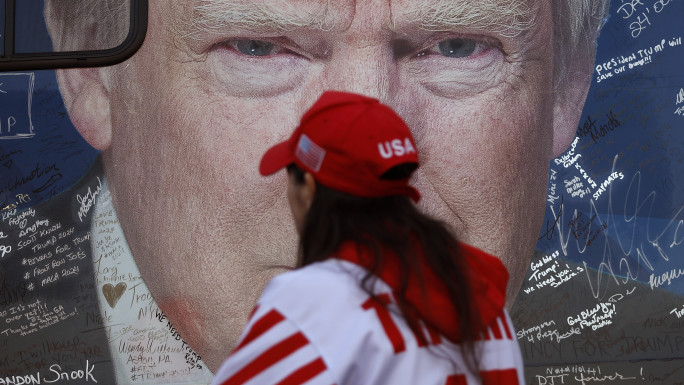
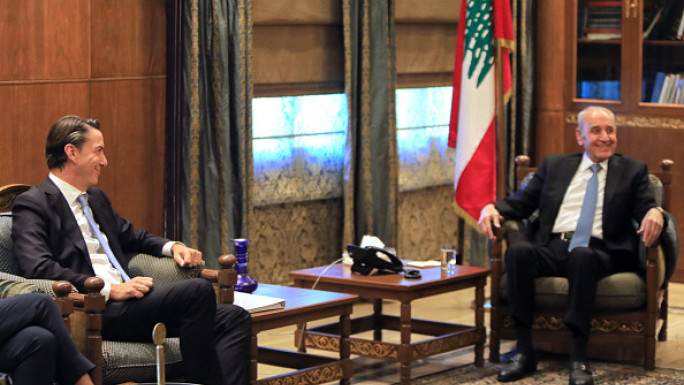
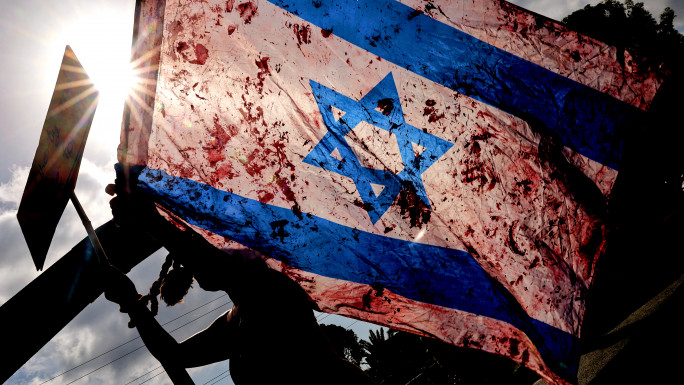
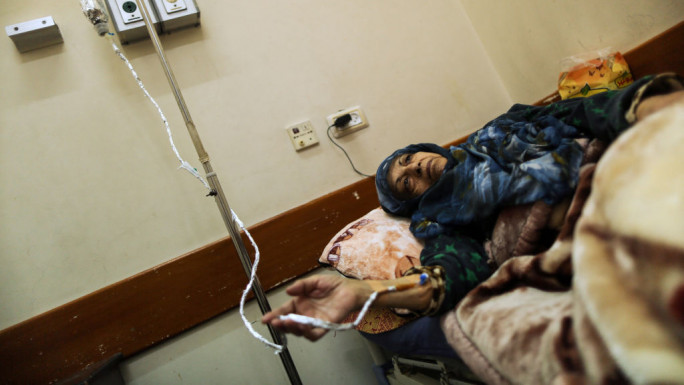
 Follow the Middle East's top stories in English at The New Arab on Google News
Follow the Middle East's top stories in English at The New Arab on Google News
